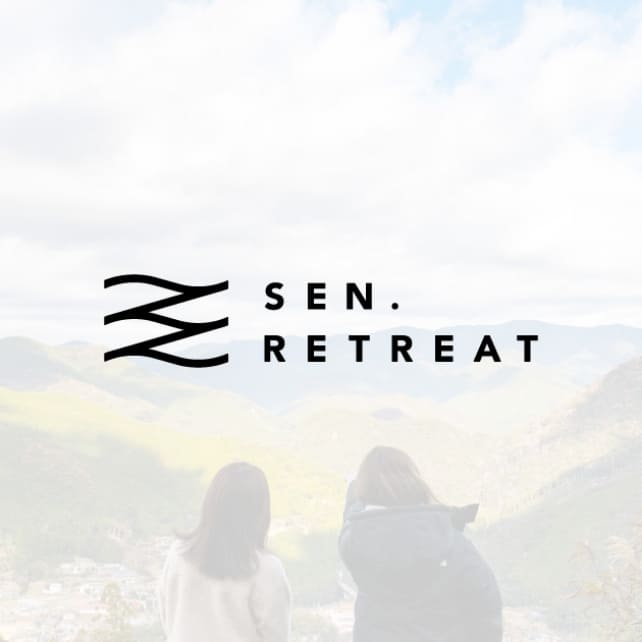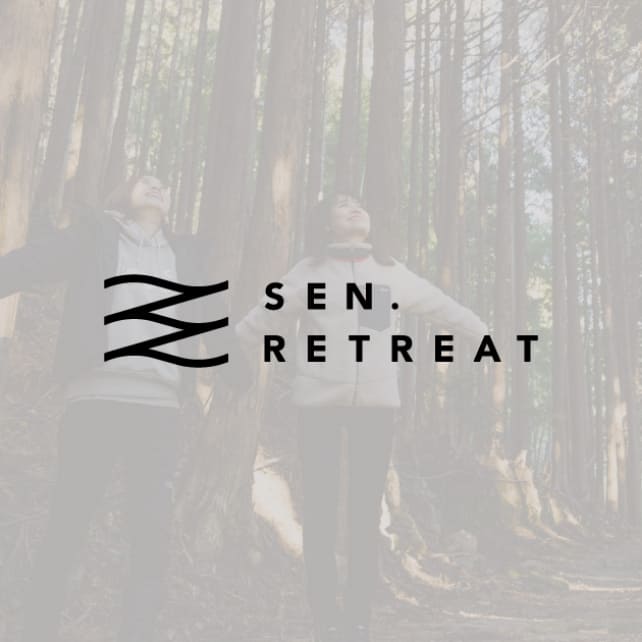
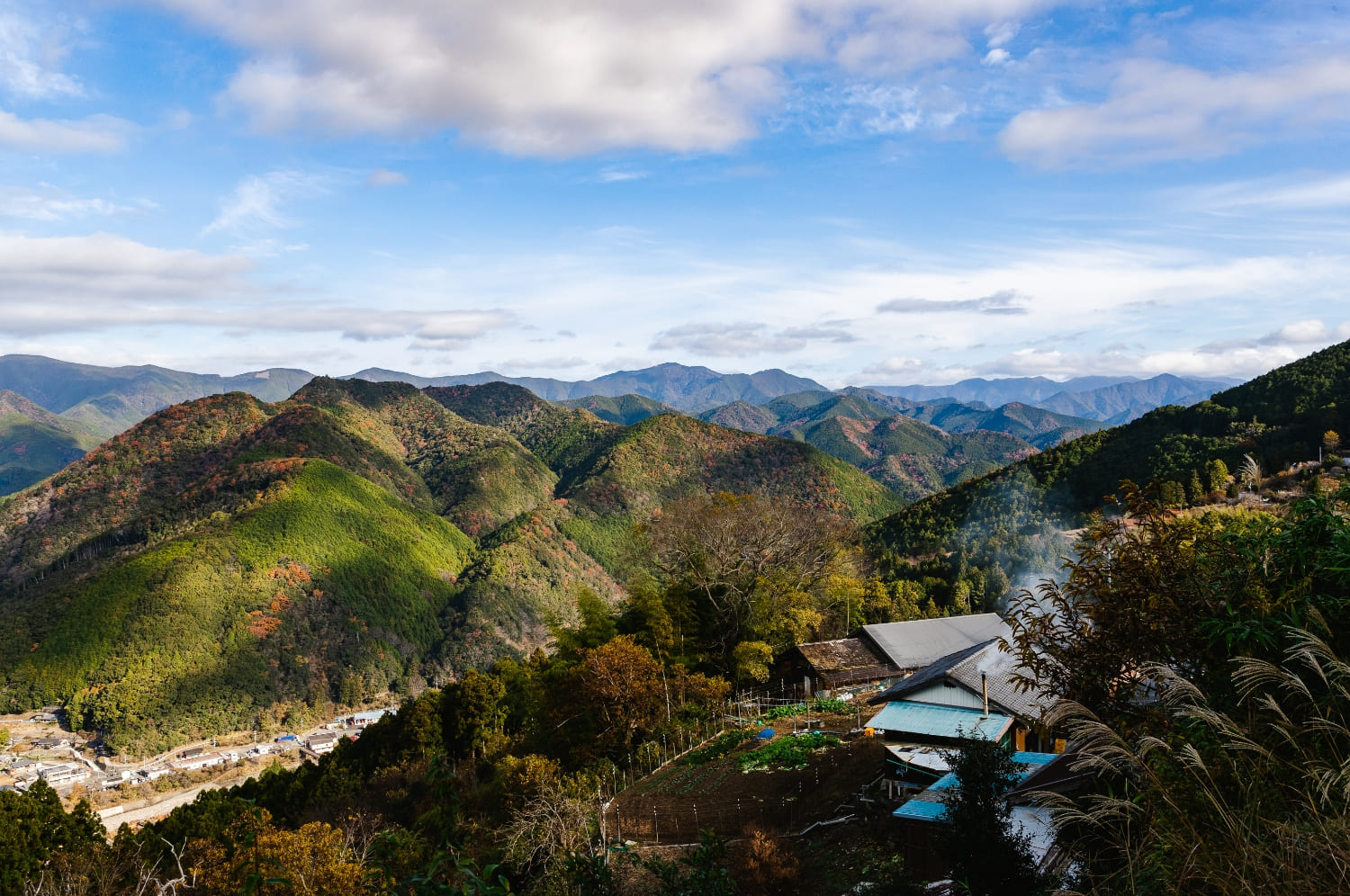
A woman in her 50s who has been running with her work for 30 years. Walking along the pilgrimage route, she gained a ‘sense of concentrating on the present’ [A journey to think about life on the Kumano Kodo / monitored tour] A woman in her 50s who has been running with her work for 30 years. Walking along the pilgrimage route, she gained a sense of ‘concentrating on the present moment’.
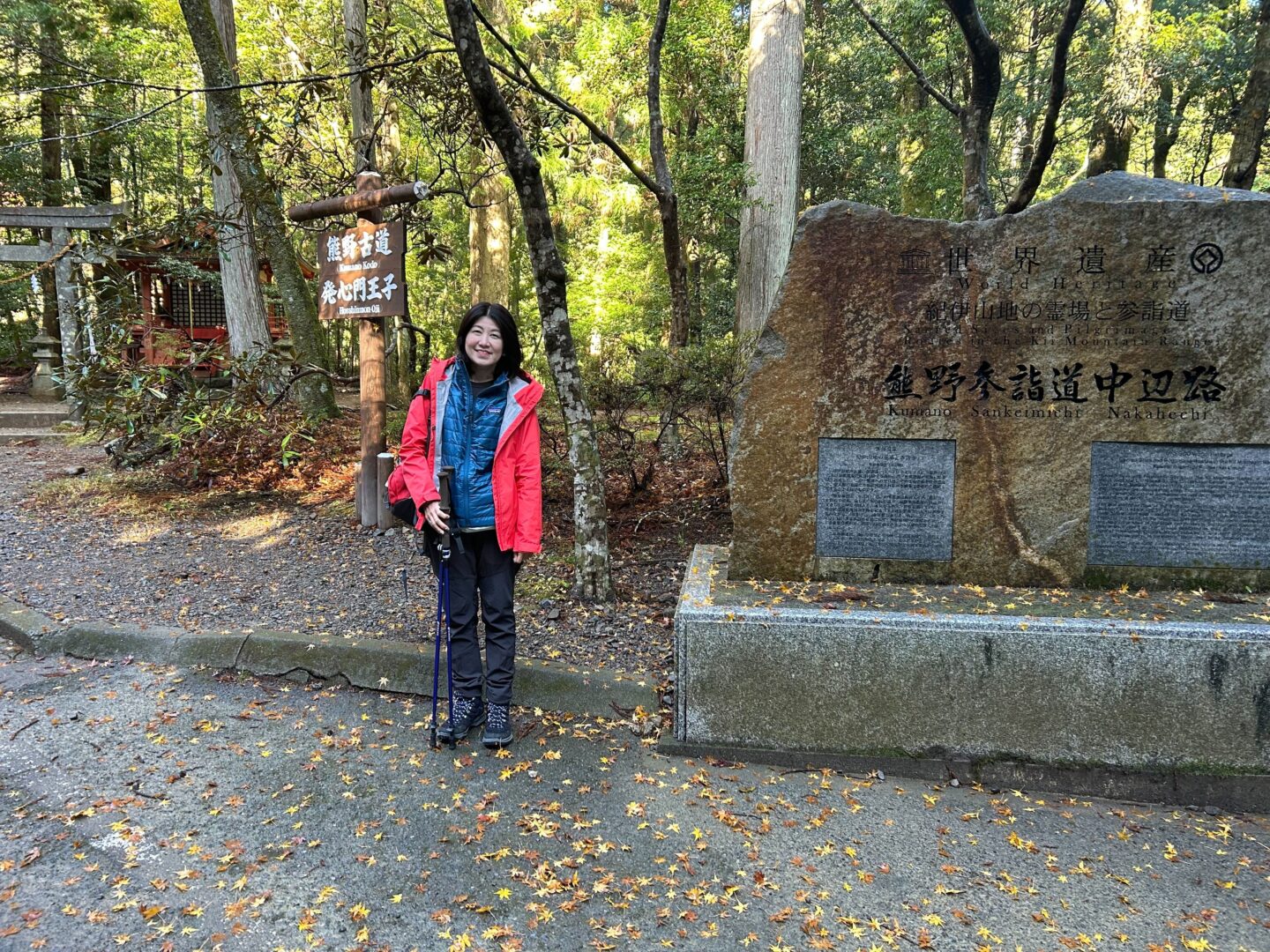
SEN.RETREAT organised a monitoring tour in December 2023 as part of the full-fledged launch of the ‘Life Thinking Tour’, a three-day, two-night walking and reflection tour along the Kumano Kodo path.
People facing milestones in their lives, such as career, marriage, second life, separation, etc., were recruited and analysed through interviews as to what kind of changes would occur inside them as a result of walking along the Kumano Kodo, in an attempt to develop the actual tour.
In this article, we interviewed participants in the monitoring tour about how their feelings changed when they made a pilgrimage along the Kumano Kodo.
Participant Profile.
Yoshiko Murao (52)
She started her career by setting up a management graduate school and working as a CMO for a start-up company.
She is currently a faculty member at an MBA and participates in several companies as an external director and marketing advisor.
I wanted to get away from my work-oriented life and face nature, so I went to Kumano Kodo
–What is the ‘milestone in your life’ that you are currently facing? What is the reason why you decided to take part in this tour?
I had been working hard all my life, giving up my holidays, but when I reached my 50s, I couldn’t work as much as I wanted to due to physical changes during the menopause. My body didn’t work as it should, I was intensely confronted with ageing, and there was also a lot of psychological damage from the fact that I was given a lot of responsibility but couldn’t do it all.
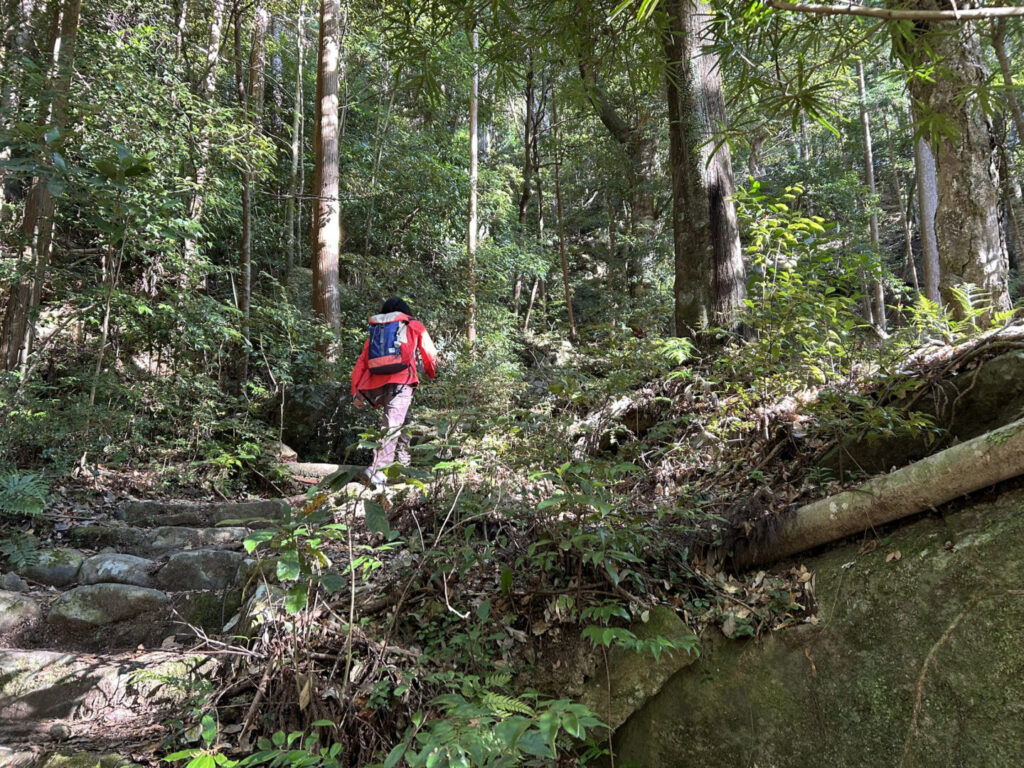
I recently took the plunge and quit or reduced my work, but while I feel like I want to maintain this pace, I also feel like I want to increase it a little more, and my thoughts about how I will work in the future have been wavering.
I have wanted to visit the Kumano Kodo for many years, but I have been too busy with work and haven’t been able to find the time.
I have been living a work-oriented life, so I would like to put myself in a place where that is not the case. I decided to participate because I wanted to immerse myself in the greenery and seriously face nature.
I am also curious about what I will feel when I am surrounded by the magnificent nature of the Kumano Kodo, and I hope that through my trip I will be able to make choices about my future life, including how to work, without regret.
‘Being’ rather than ‘nothingness’. Getting a sense of being present in the here and now.
-Can you give us a day-by-day recap of your three-day, two-night trip?
On the first day, I walked for two hours from Oji Takijiri, the starting point of Nakaheji, to the highland area where SEN.RETREAT TAKAHARA is located.
For the past 30 years, work has been somewhere in my mind, so I took the plunge and turned off my work notice on the Kumano Kodo. Before I set off, I wanted to forget about work and become ‘nothing’ by walking the Kumano Kodo, but in fact I felt ‘yes’.
This is because the absence of miscellaneous thoughts made me feel that my being here and now was rather outstanding. I felt with my whole body that I am present in the present moment, and I also realised that how much I can feel each moment is important in life.

I was always in constant motion, sometimes thinking too much about the future and losing sight of the present, but the most important thing is to enjoy the present moment. I have spent my days making plans to achieve my goals and responding to consultations even on my days off when they come in, but this trip helped me to relax my shoulders a bit and think about making it my goal not to set goals.
I walked alone, and it was an extraordinary experience to just walk along the mountain path in front of me, not seeing anyone and listening to the chirping of the bear bell. Moreover, when I thought that many people have been walking along this path for a long time, I thought about how strange it was that they were still doing the same thing after more than 1,000 years.

Unlike in the city, we are in the mountains with almost no man-made structures, so it was also a strange feeling to think that we might be looking at almost the same scenery as people from the past. Of course, the clothes they wear and their lifestyles are different, but even though times have changed, the people themselves have been the same since the Heian period.
While the paths are well signposted and easy to walk, the only people I met along the way were brilliantly foreign, which I thought was a waste of time. I wish more Japanese people would come here because it’s such a pleasant place to visit.
Expanding the spirit to see ‘rain as good weather’
- – On the second day, when we walked over 20 km from the plateau to Chikaruro, it was raining!
The Kumano Kodo in the rain was mysterious, and I was able to experience sensations and experiences that can only be felt in the rain. It was raining, but it was a good day for me. I felt a spiritual expansion in being able to see it in that way.
It was also impressive that I met many more people than on the first day. I had a chat with an old lady at a local restaurant about other things, exchanged words with Fijians when I was walking around and was given some local soap.
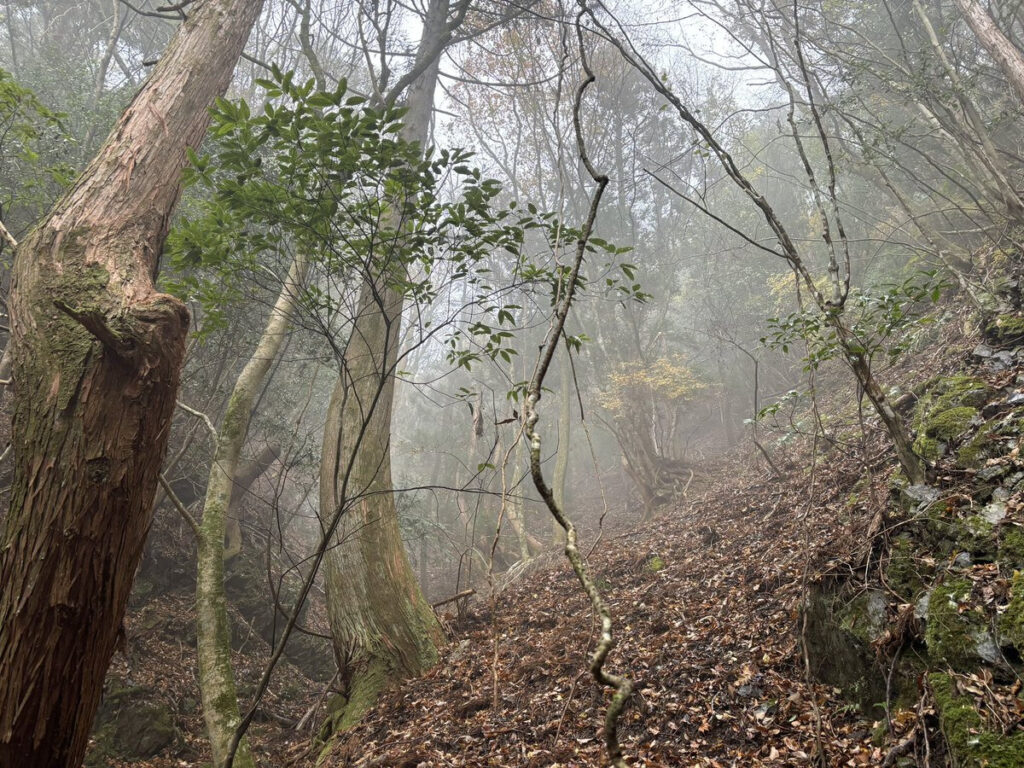
Seeing the ruins of a teahouse deep in the mountains, I couldn’t help but wonder how they managed to operate in a place that is endlessly inconvenient even today, with its well-developed transport network. I felt deeply that even in the past, people who wanted to be of service to others were still involved in services and businesses, and that the way work begins with such a desire is no different today.
Today, it is possible to structure work in any number of ways, but I also felt that I wanted to do work that gave me a sense of fulfilment and made me feel that I was alive.

I used to only pursue upward growth, but now I can see that I might need time to stop and not challenge myself. I feel I’ve matured a bit because I can make those kinds of decisions.
Also, I met a person at a tea shop on the way and he said to me, ‘You must be lonely on your own’, but I myself have found tremendous value in walking the Kumano Kodo alone this time. At the same time, I also reminded myself not to evaluate others based on my own values.
When faced with a life milestone, go to Kumano Kodo again
-How was the third day, when you must have been tired from the two days, and how did you feel throughout the three days?
The path after the rain, with the sunlight shining through, was sparklingly beautiful and I felt clear from the start of the walk.
Along the way, there was a large rock that looked like a cow, and when I thought, ‘Has this rock seen many travellers since ancient times?’, I realised how short my life is, just passing by for a moment. Once again, I felt that I had to live each day with importance.

What was most impressive throughout the three days was that I gained a certain sense of ‘I exist here and now’ that I could not experience in everyday life. Because I am living a limited life now, I don’t know what the future holds. So I decided not to think too hard and concentrate on the present.
I want to hold on to this feeling even when I return to my daily life, so I want to occasionally review the videos I took while walking. And when I face another milestone in my life, I would like to visit the Kumano Kodo.
I had many doubts, but I have decided to follow my heart and go my own way, to live according to my heart as I feel it. I am grateful to the Kumano Kodo for giving me various realisations.
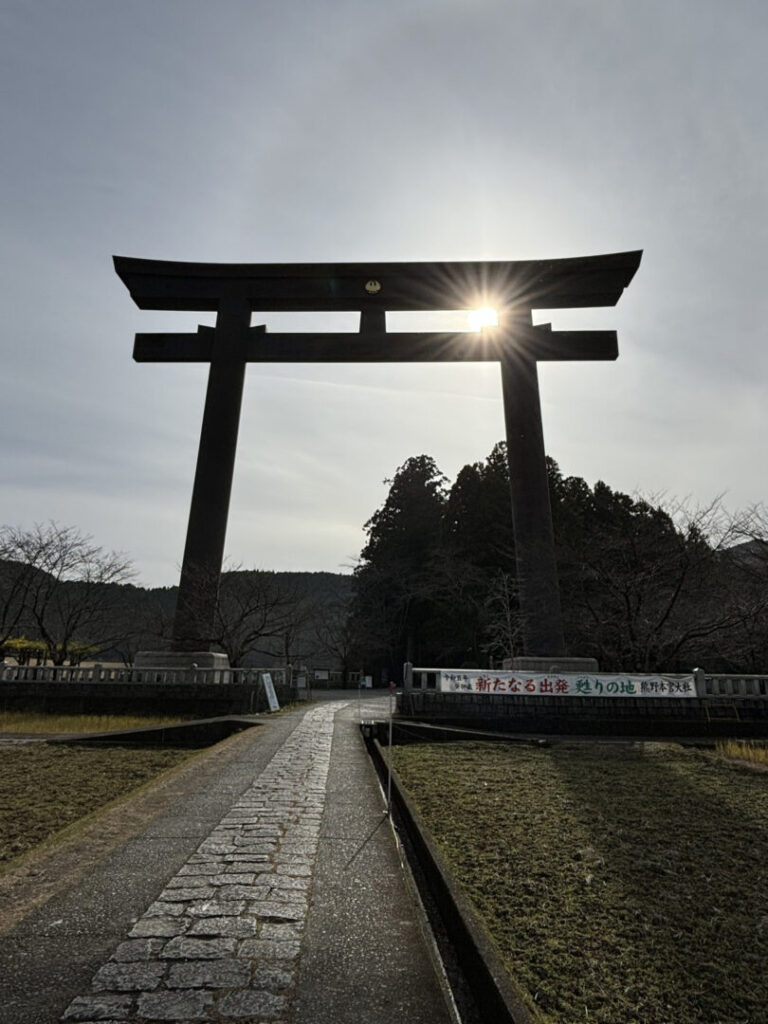
*Download the journaling sheet (career version) developed through this monitoring tour to aid reflection.Please print it out, take it with you and make use of it when walking the Kumano Kodo.

